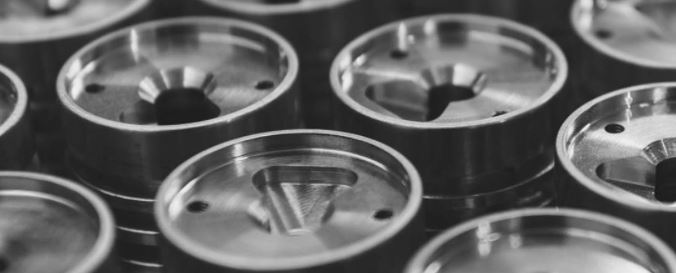It is known to be a manufacturing process that utilizeshigh pressure to forced molten metal and melt metal into a Steel mold cavity. It is a cost-effective casting and precise casting method suitable for metal components required for tight tolerance. The industries have advanced machines and equipment that allow all by providing them the high quality and best solution products for the projects.
Advantages of die casting
As compared to other processes die-casting, has many significant advantages related to cost-effective savings, mostly for those components that have a complex structure. All these components include advantages such as long life duration. There are thousands and millions of parts that can be made from the molds before replacing them.
Working principle of Pressure Die Casting
According to the principle of press die casting,it is nothing but is the injection of an alloy of molten metal into the Steel mold, which is functioned under high pressure. As it rapidly gets solidified in some milliseconds for forming net-shaped parts, which are then automatically extracted. This is known to be the whole pressure of pressure die casting. The pressure Die Casting process can be divided into two types: low pressure Die Casting, and high pressure Die Casting.The high-pressure Die Casting process is divided into two basic systems that dependupon the heating of the shot chamber.
Magnesium and zinc are the material used in the hot chamber system, and in the case of the cold chamber system,magnesium, aluminum, and copper have been used. Heating is required for the hot chamber system, but no heating is required if we talk about the cold chamber system. In the hot chamber system, the low pressure is suited up to 35 MPa and low melting alloys of magnesium and zinc. Pressure can be high in the case of a cold chamber system up to 150Mpa, and this process is only suitable for high melting point alloys of magnesium, aluminum, and Cooper. In the hot chamber system, the metals are tightly held within Die Casting machines and then drawn into the chamber, and then it is forced into the molding injection piston. In the case of a cold chamber system, is metal is initially melted in a particular furnace and then transferred into the holding furnace, which is again then poured into the slotted sleeve and then injected into the mold?
Materials used in pressure Die
Magnesium, zinc, and aluminum are known to the common metallic alloy used in the process of die casting. Zinc is a metal that can be easily cast. Fluidity is considered as the melting State of this alloy which hasa melting point of 365°C. Aluminum is known to have good plasticity, which can be further processed into different profiles with excellent electrical conductivity. Magnesium is also a metal that can be easily machined, and this hasa high strength ratio. Due to its lightweight, it is widely used for die-casting metals.
Die casting have lots of application that includes kitchen tools, aerospace engine parts, automotive parts, plumbing, and pump parts.


